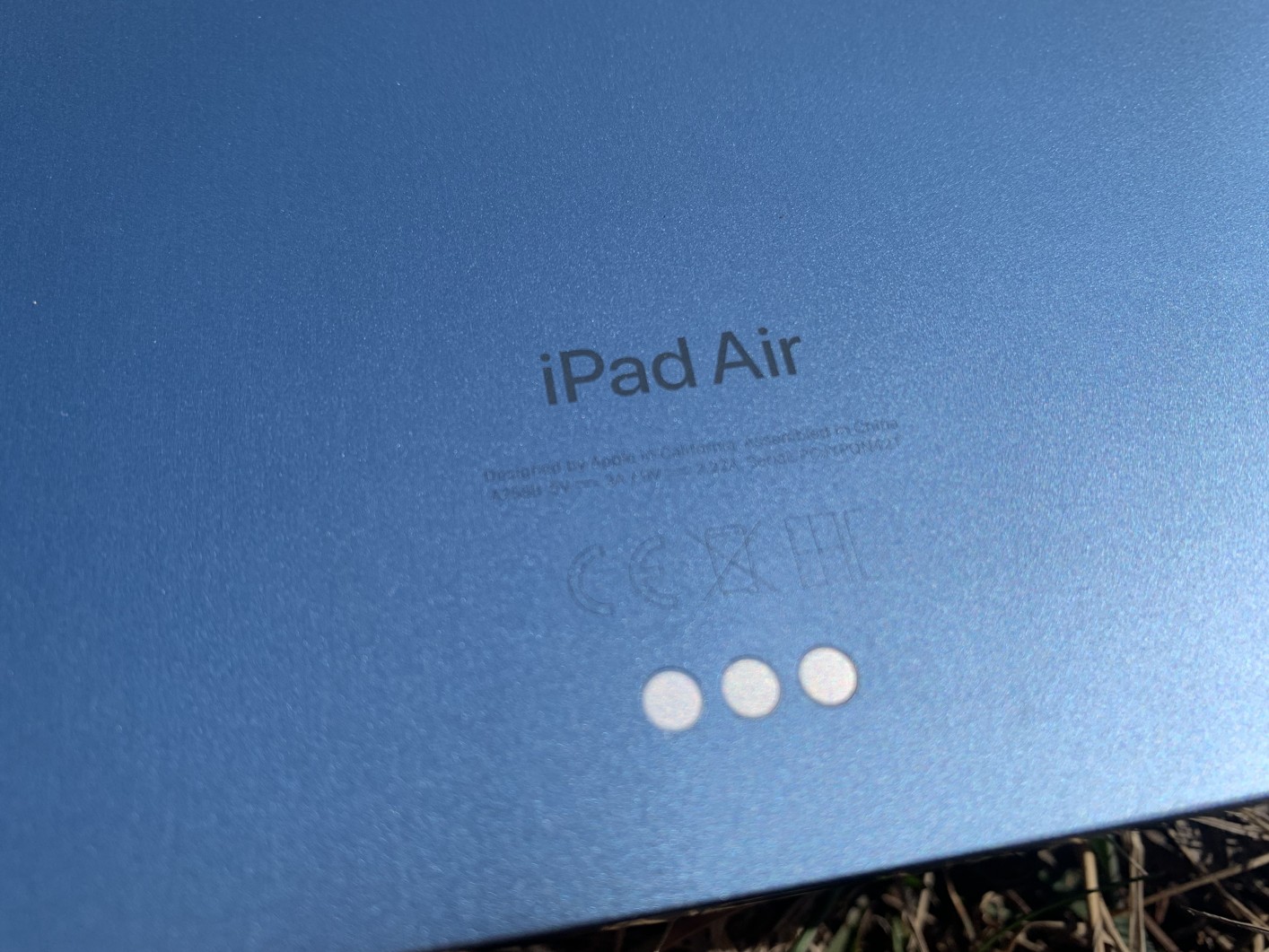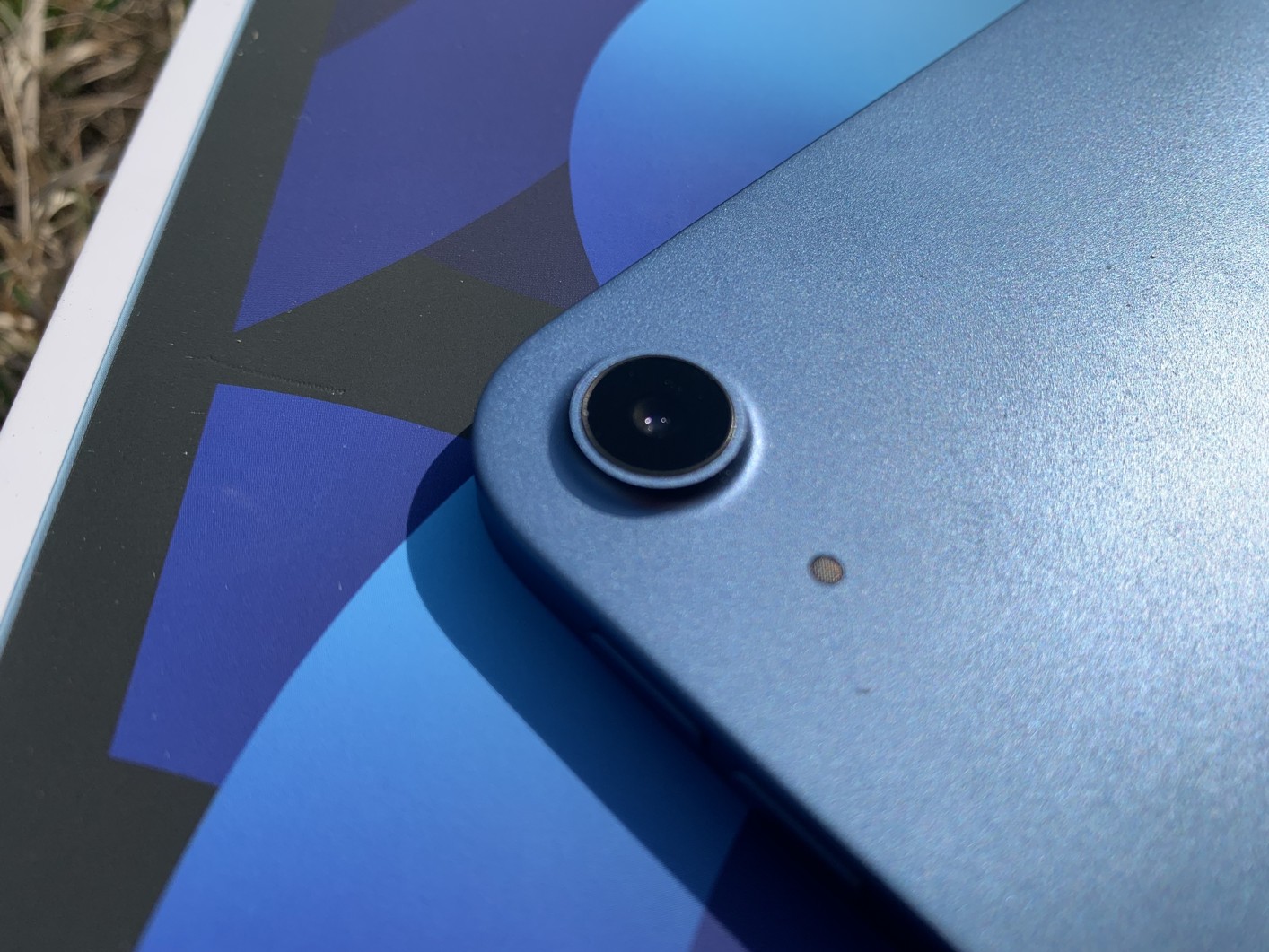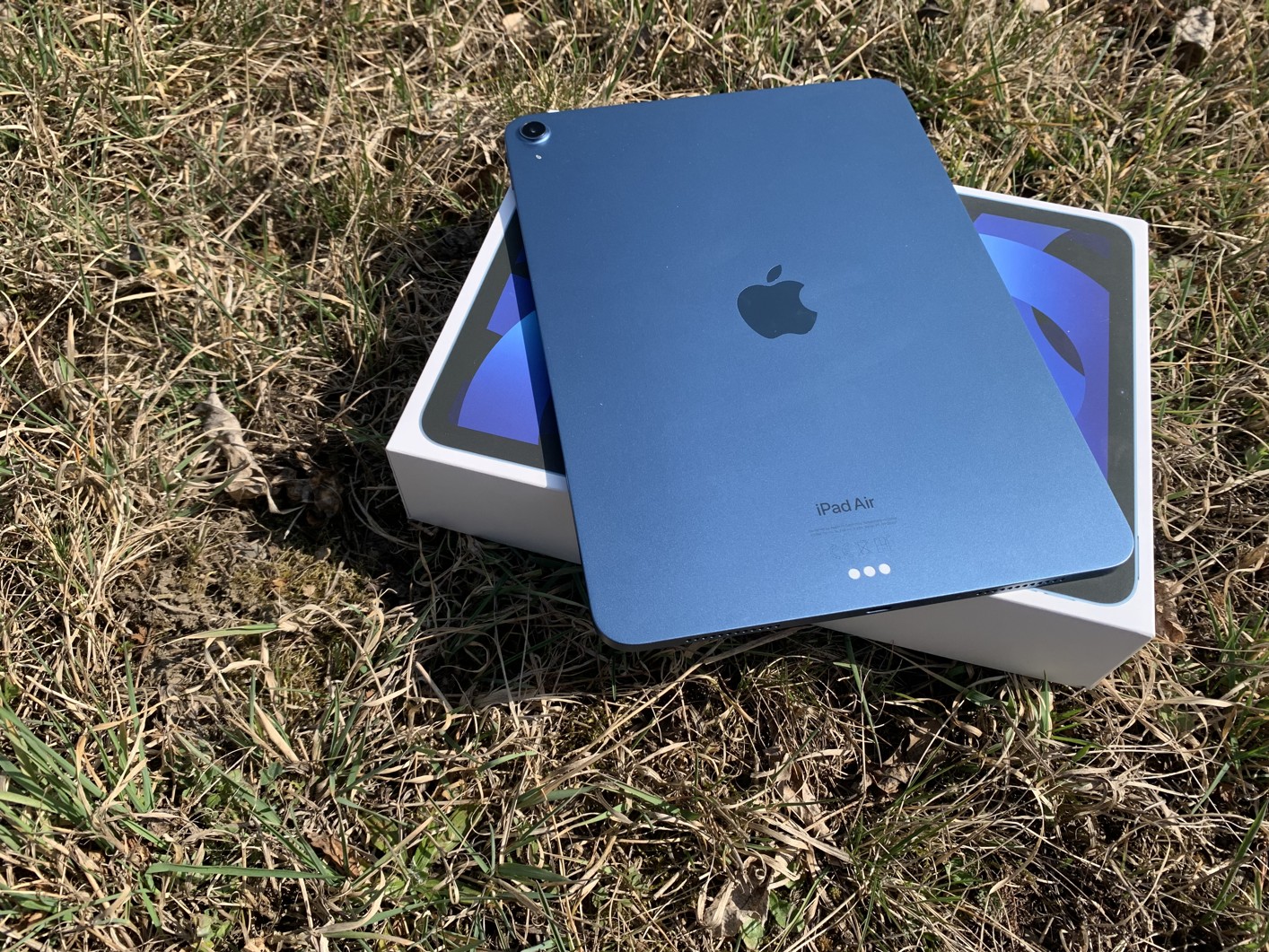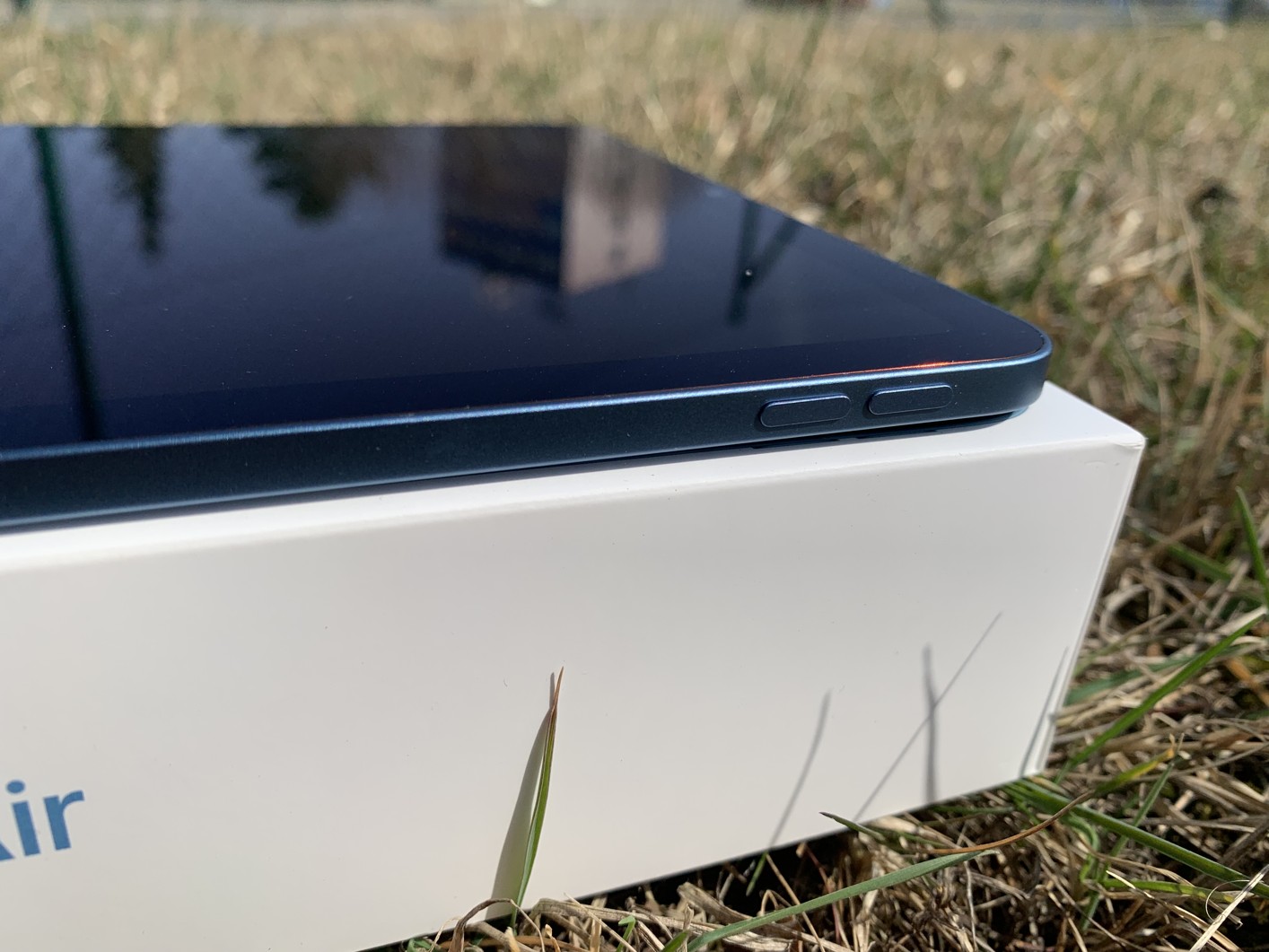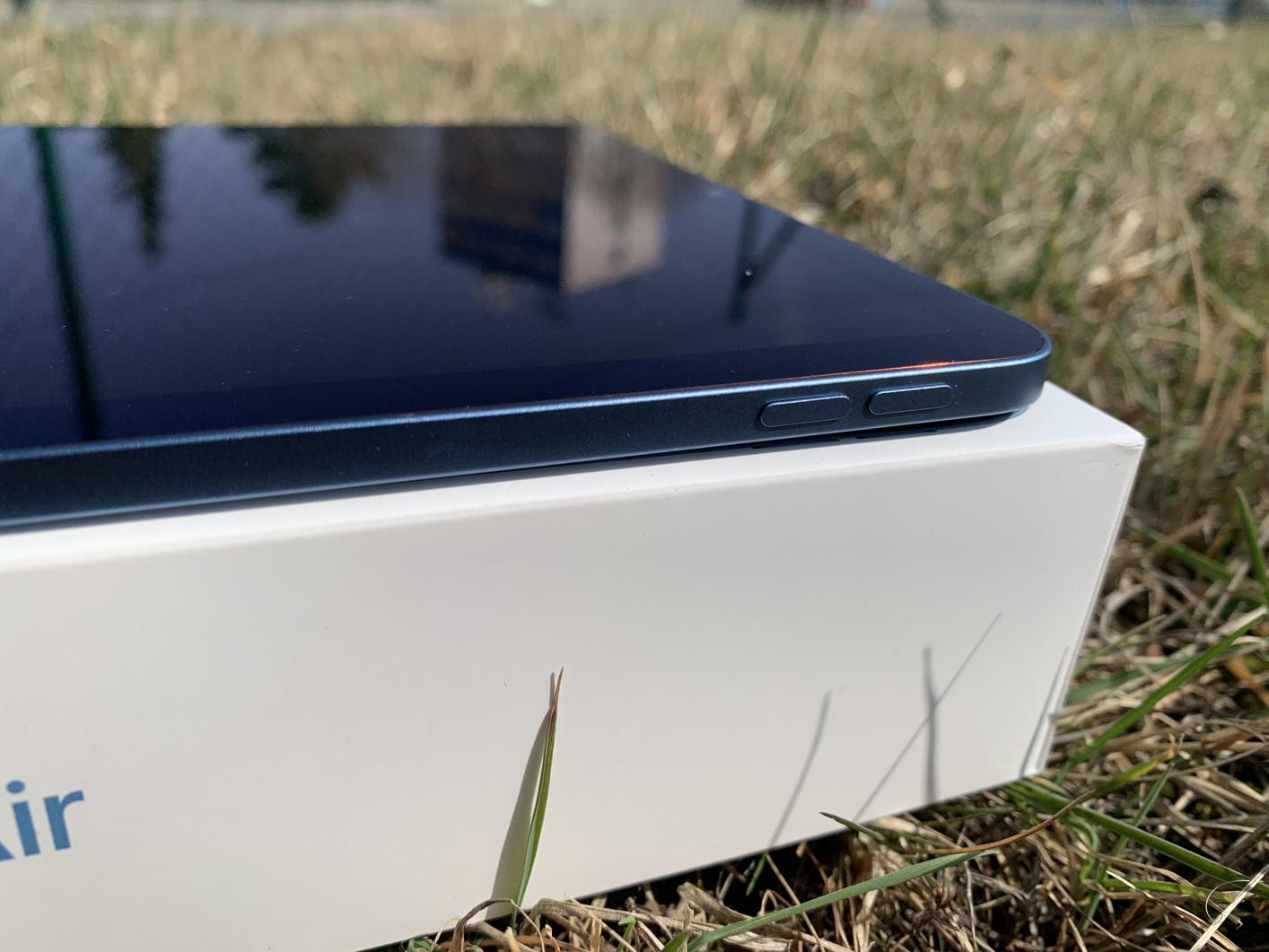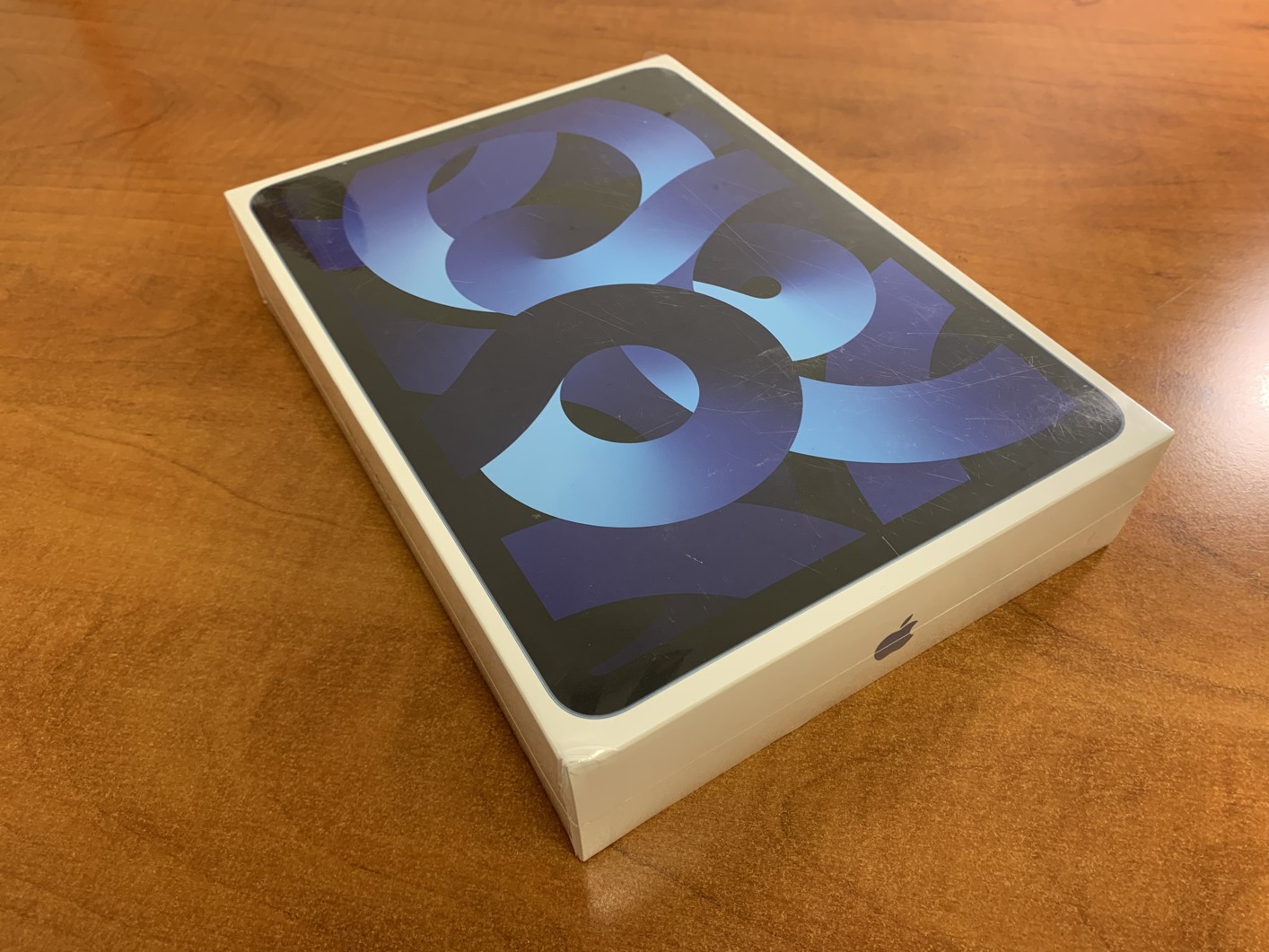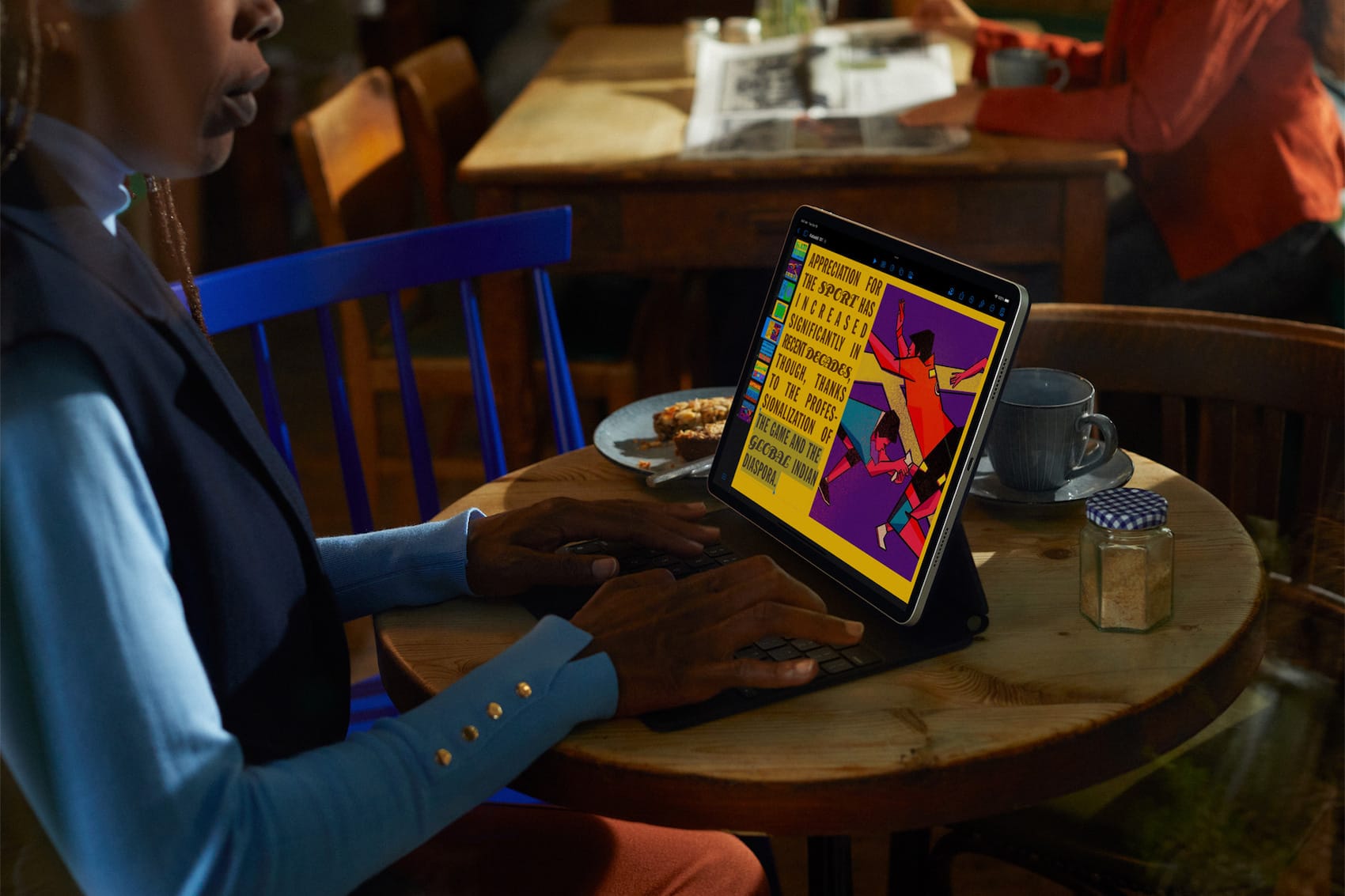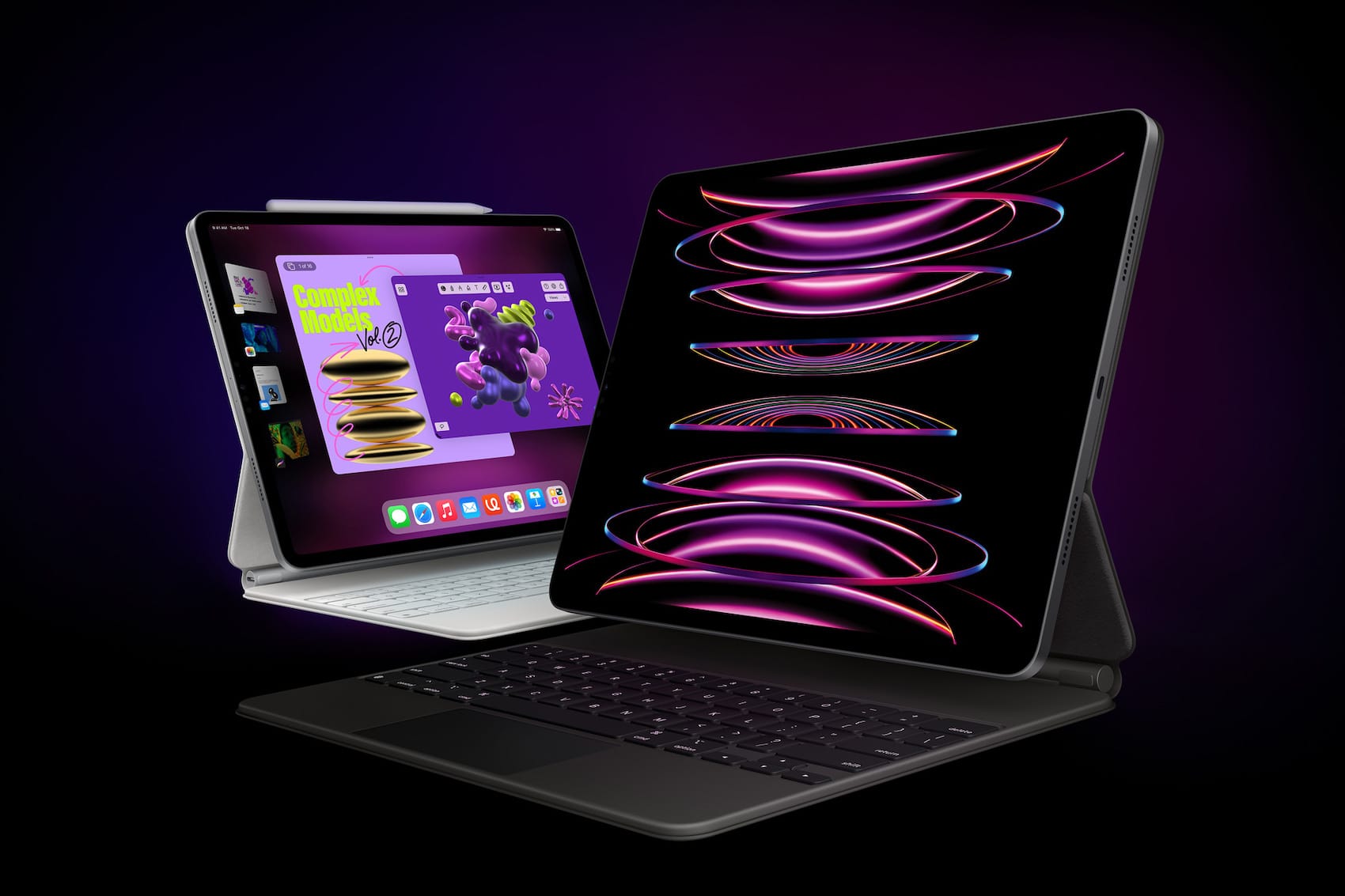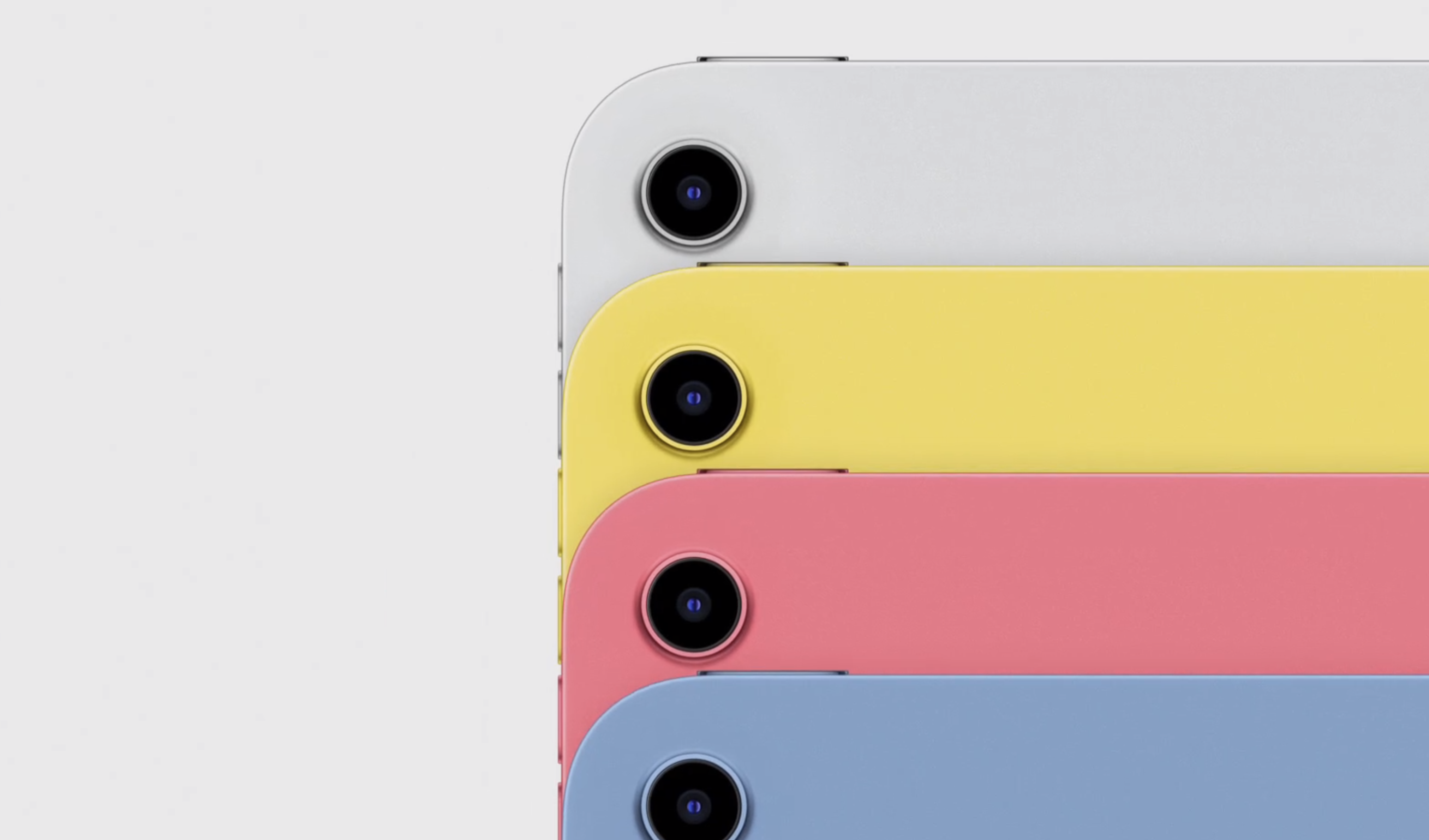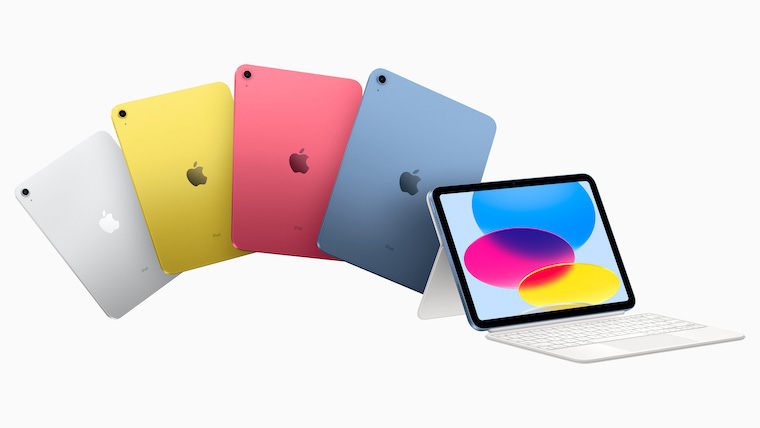The year 2024 is supposed to be the year of artificial intelligence, but this article will not be about it. Last year, Apple didn't release a single new iPad, and they certainly knew why. Their sales are still falling because the market is simply saturated with them. This year, however, the company wants to innovate the entire portfolio. But does it make sense?
Last year, after 13 years, we didn't get a single new iPad. Samsung released 7 of them. But the world of Apple tablets and those with the Android operating system is a different world after all. With the exception of Samsung, Chinese brands are also involved in this industry, but most of them focus on a lower budget ceiling and want to treat large displays to more ordinary customers. Samsung has the top line of Galaxy Tab S9 tablets, to which it introduced the lightweight Galaxy Tab S9 FE in the fall. Then there is the Galaxy Tab A series available. Its portfolio thus covers the price range from CZK 4 to CZK 490.
However, the 12,9" iPad Pro starts at CZK 35, and the problem here is that it only has mini-LED display technology. In the Galaxy Tab S490 Ultra model, Samsung not only managed to increase the display to 9 inches, but its technology is OLED, namely Dynamic AMOLED 14,6X. It is the transition to OLED display technology that, with the exception of the M2 chip, is supposed to be the main thing that the new iPad Pros will come with, and the concern about their price is certainly justified.
It could be interest you
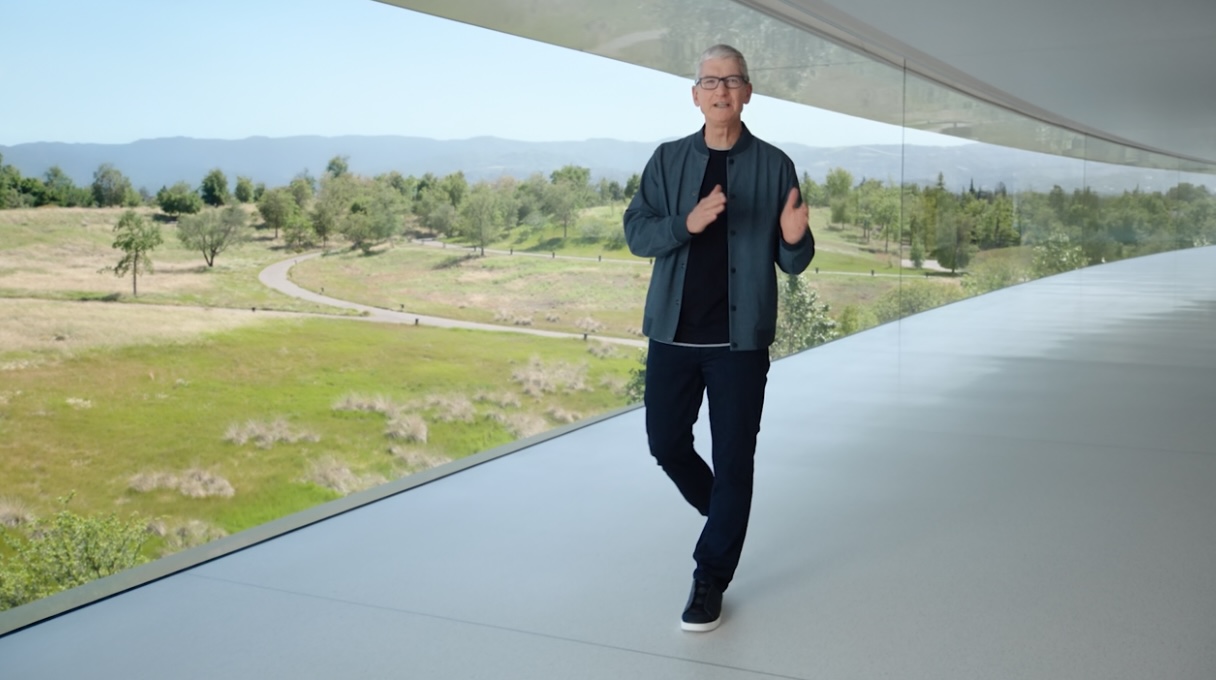
3 steps to happiness
In addition, Apple tries to present it as a professional machine. There would be nothing wrong with that, but buying a tablet for the price of a laptop (from the same manufacturer) is quite on the edge. If a tablet can replace a computer, it is paradoxically better in the Android world, specifically with Samsung, which offers its DeX mode. Rather than the high-end portfolio, Apple should focus on its lower and middle segment and optimizing the iPadOS system.
If customers see the point in buying iPhones with the Pro moniker, they often do not justify such an investment in iPads. However, the basic 9th generation iPad has an archaic design, and the 10th generation did not convince with its hardware improvements, because it was actually too similar to the iPad Air but was still quite expensive. It was the purchase of the Air that made more sense at the time of the 10th generation's introduction than limiting ourselves on so many fronts.
It will be interesting to see what the company comes up with this year and if it still has a vision here, or if it is just an update for a customer of an uninteresting market. It may indeed be true that this dying segment has no future as we know it now. However, several factors can change this - a flexible display, AI and a more mature operating system, which Apple is fighting tooth and nail against.
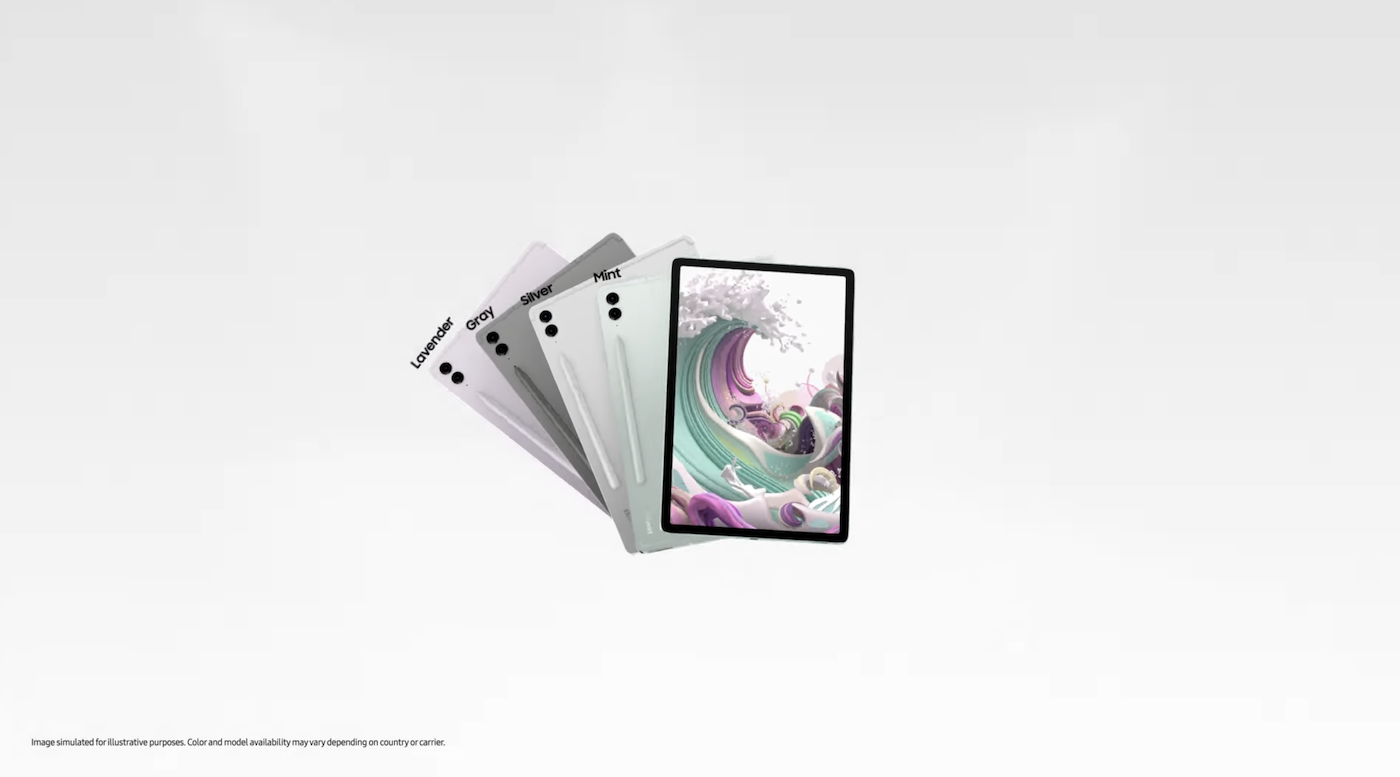
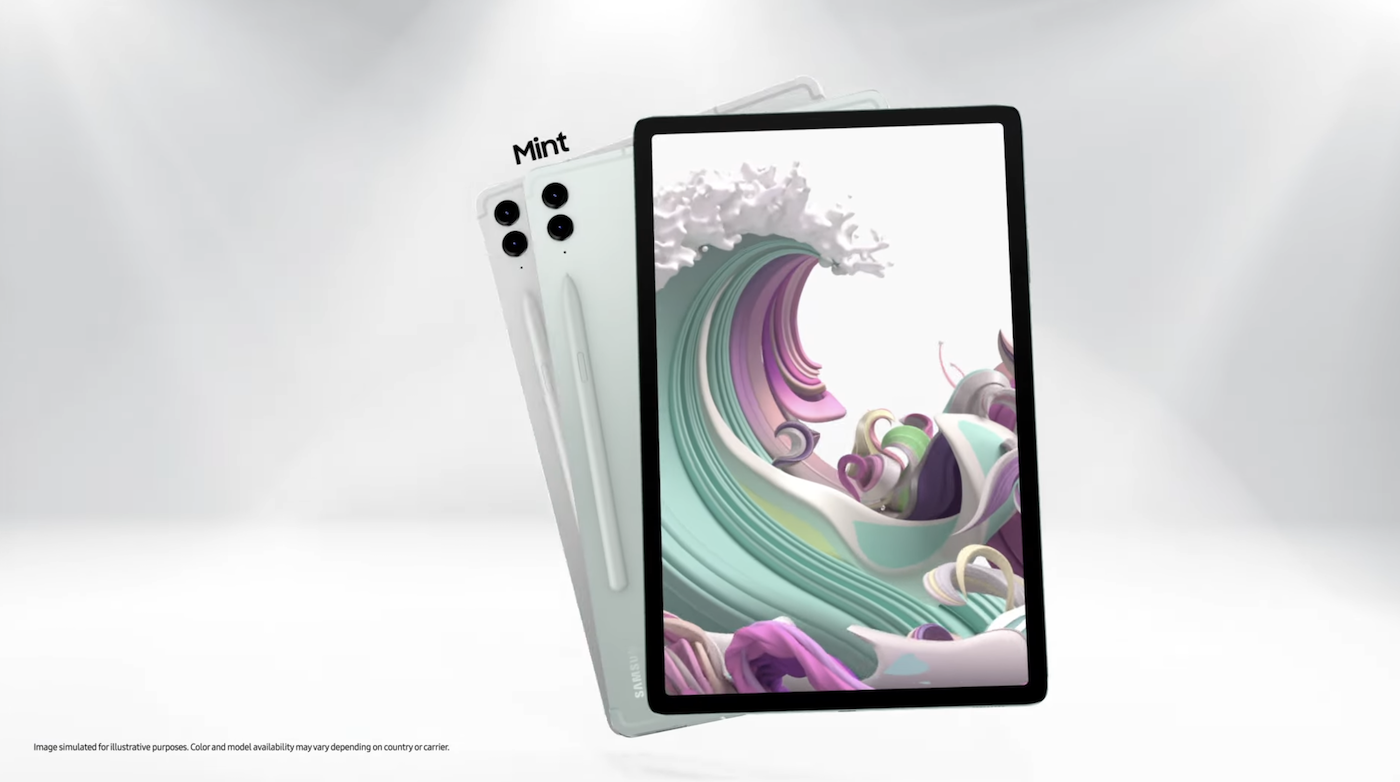
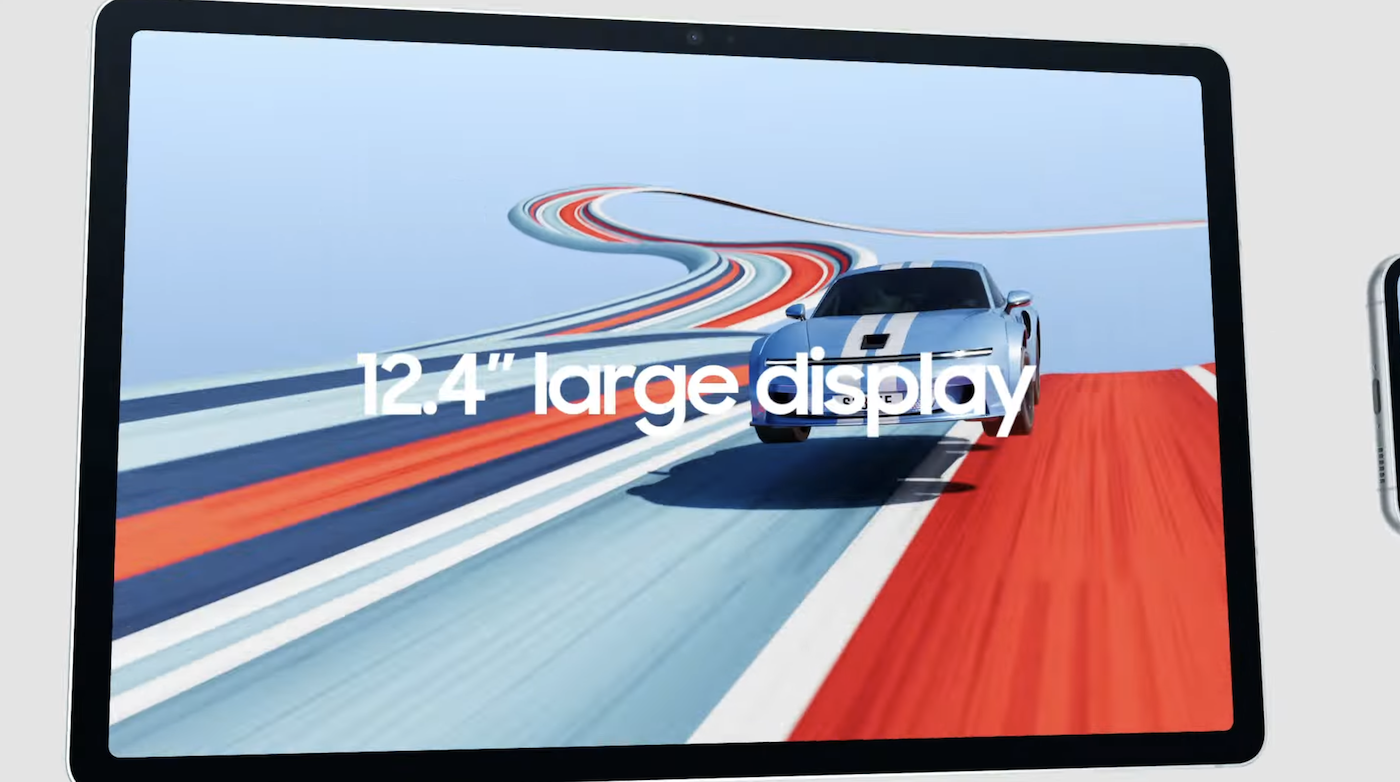
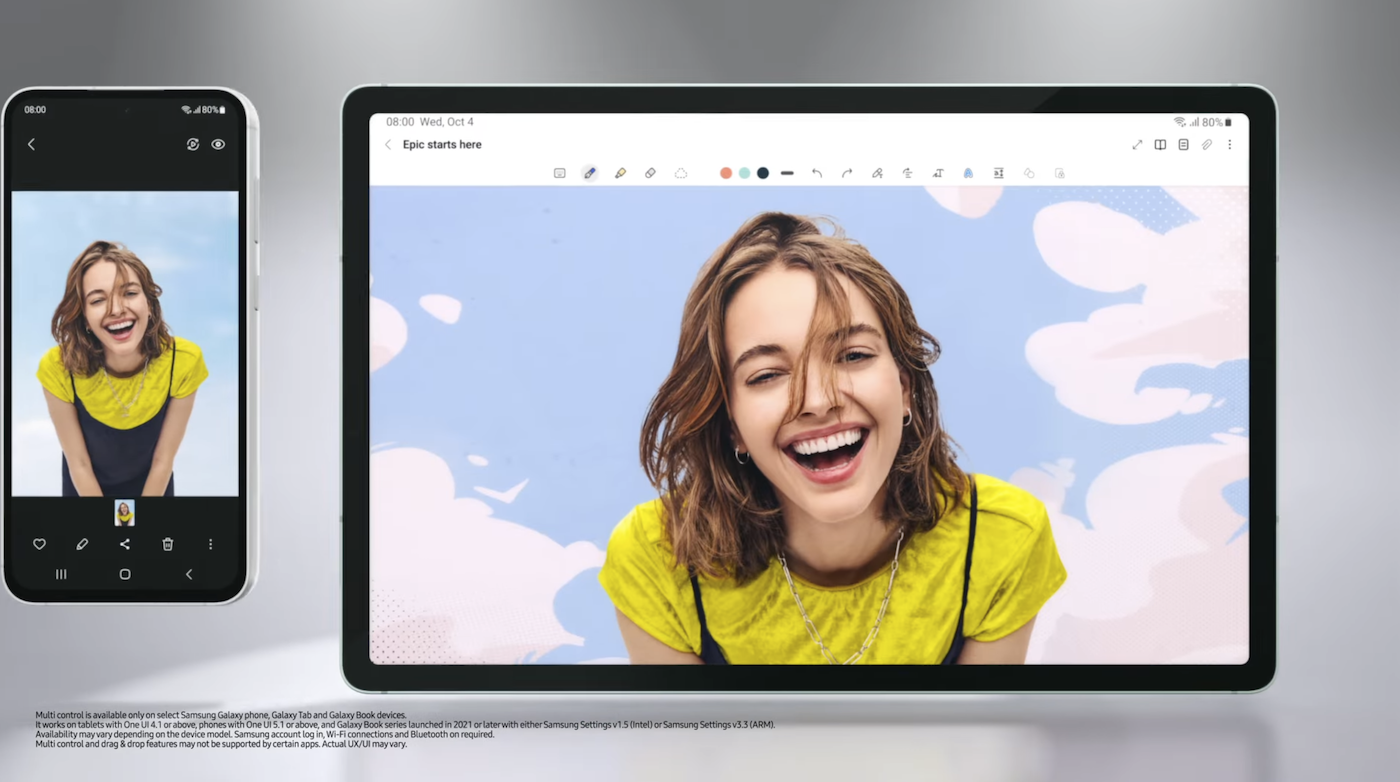
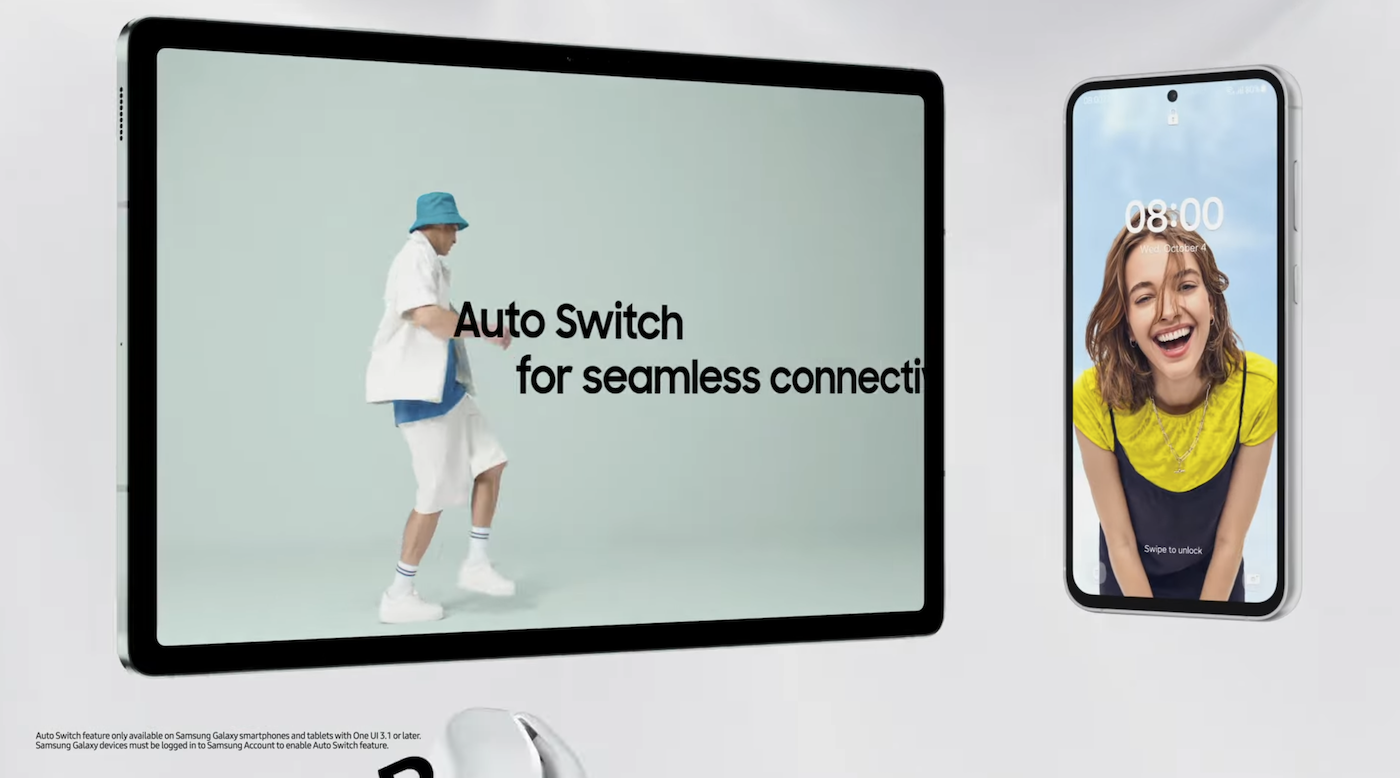

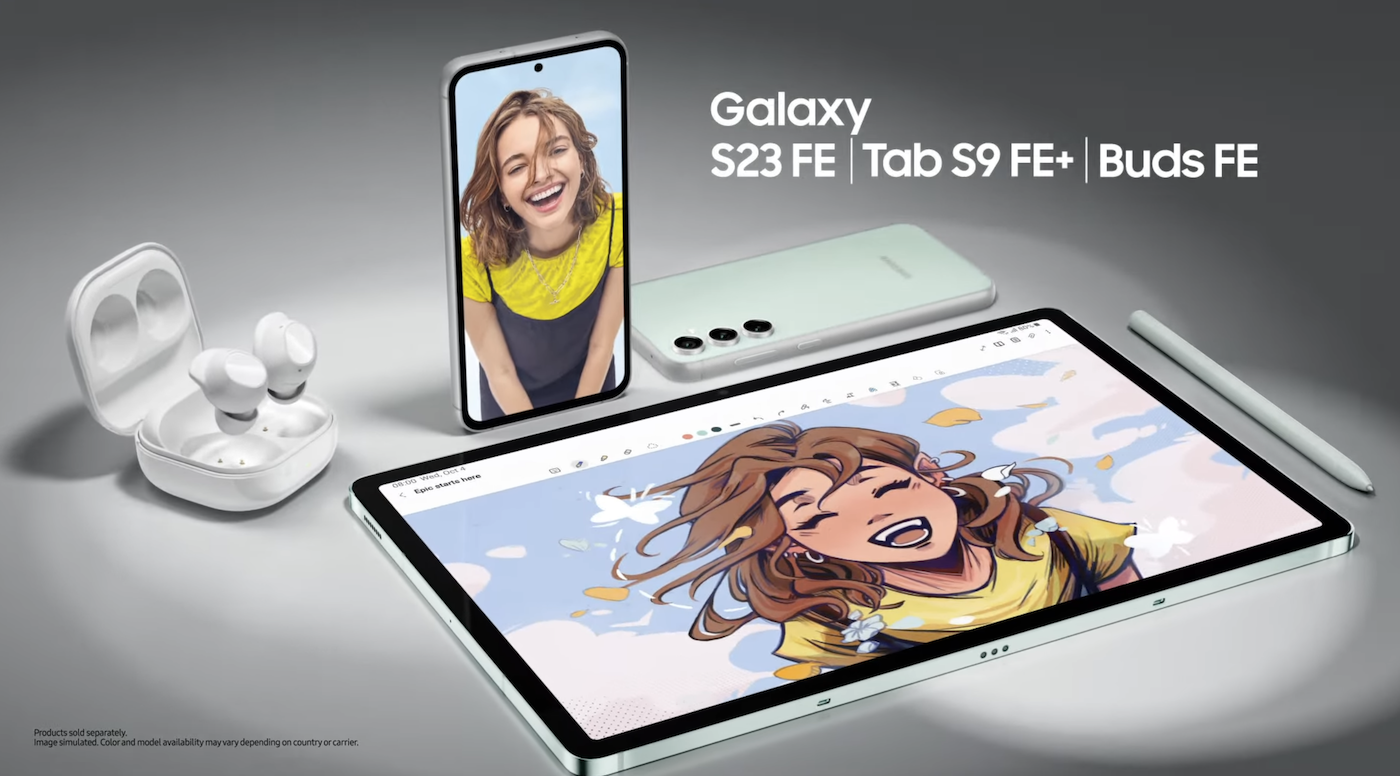
 Adam Kos
Adam Kos 